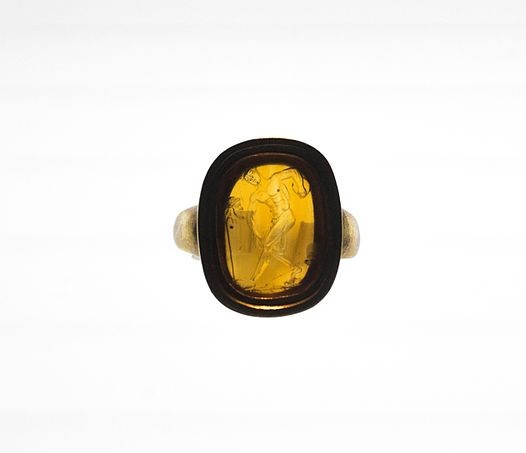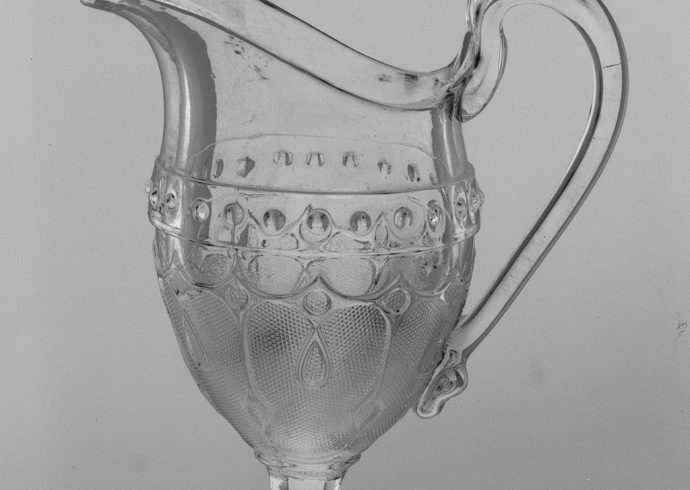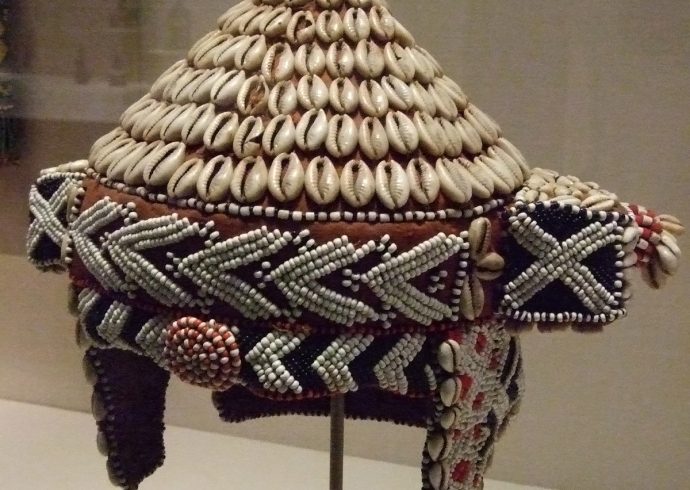
The History of Engraved Gemstones
The practice of engraving gemstones dates back to ancient Egypt and Rome where precious and semiprecious stones were carved in shapes and sometimes layered against a contrasting stone to be laid in a silver or gold setting. In the Bible in the book of Exodus, the special religious garment that consisted of a breastplate and twelve gemstone engraved with the names of the tribes of Israel held a special significance to the Hebrews as it signified God’s granting them a land of their own in Canaan.
Kings in the ancient world frequently used engraved stones as a royal seal with which to sign documents. Since that time, engraved stones appeared through the medieval and Renaissance periods, worn by royalty and people of wealth. Engraved gemstones cut in cameo or intaglio style were popular with the Romans, a practice that reappeared in the later years in Italy during Medieval times. Carnelian was a favorite because it was soft enough to engrave without breaking, as was azurite and turquoise. Cupids and mythological figures were two favorite designs carved in the stone.
Special engraving tools were used to carve away layers of a stone to make the design, whether it was intaglio or cameo. In Renaissance Europe, cameos were engraved from any type of stone but amethyst, garnet, sardonyx, crystal, and citrine were popularly used. Women of nobility frequently received portraits of another noble figure as a present, much the way people receive framed photos as gifts in the modern world. Cameos remain one of the most highly collectible form of engraved gemstones throughout the world.
In modern times, it is not unusual for gemstones to be engraved with a personal name or a monogram. Semiprecious stones bearing carved totem animals are also commonly seen, which can be mounted in a ring, necklace, or bracelet.
Image Credit: Paul Hudson from United Kingdom, CC BY 2.0, via Wikimedia Commons.


